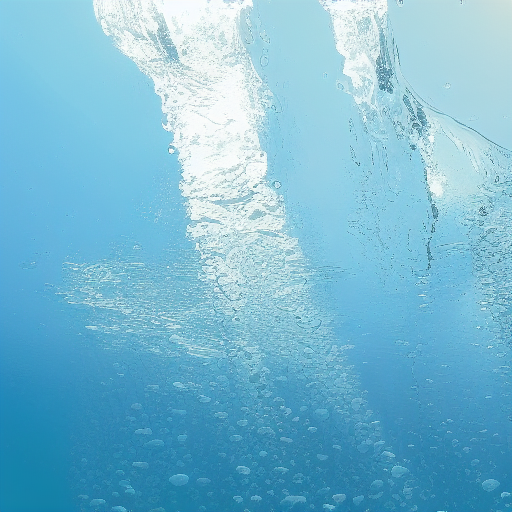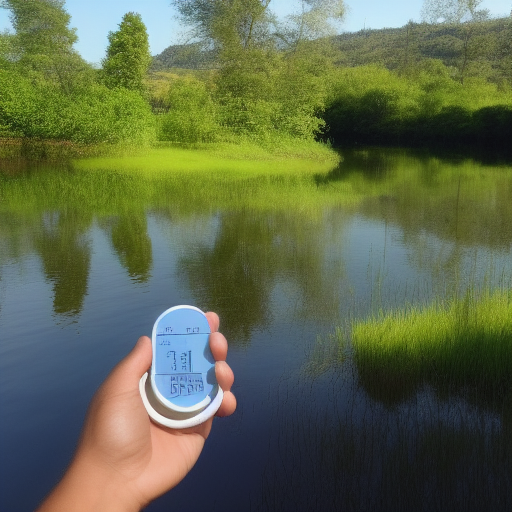Water quality monitoring is critical for maintaining healthy ecosystems, safeguarding public health, and managing water resources. In recent years, advancements in technology have improved access to data, making it easier and more affordable to monitor water quality remotely. Remote water quality monitoring technology offers numerous benefits, such as early detection of contamination, improved decision-making, and optimized resource allocation. However, this technology comes with its own set of challenges, like the need for proper calibration, data accuracy issues, and hardware/software reliability concerns.

Remote water quality monitoring technology enables real-time or near real-time monitoring of multiple water quality parameters at once, including temperature, dissolved oxygen, pH, turbidity, and electrical conductivity. Combining wireless communication technologies like mobile networks with sensor-based platforms or Internet of Things (IoT) devices allows for continuous data collection without the cost and inconvenience of frequent manual sampling.
One significant benefit of remote water quality monitoring is that it enables early detection and warning of contamination events. Traditional water quality monitoring methods often involve manual sampling, which may miss rapid changes in water quality conditions. With real-time monitoring, authorities can detect unusual spikes in pollutant loads that signal potential pollution events quickly. This early warning helps mitigate effects on human health and wildlife, allowing for quicker responses and decreasing the risk of large-scale losses downstream.
Another significant advantage of remote water quality monitoring technology is the ability to easily store and analyze vast amounts of water-quality data sets. Researchers and analysts can identify and track trends over time and help establish causal links between hydrological and socio-economic drivers and water quality. Data collected through IoT devices also improves stakeholder transparency by enabling constant and accessible access to real-time water-quality results.
Remote water quality monitoring technology enhances decision-making by providing stakeholders with data that informs quickly on remedial actions required in response to adverse changes to the system. Such data can minimize the risk of negative ecological impact on wildlife and provide benefits to human health in turn. High-quality data also facilitates better management planning, providing metrics to support the allocation of resources optimizing their preservation and utilization.
Despite its numerous benefits, remote water quality monitoring technology also presents several challenges that must be overcome. Hardware and software failure can lead to inaccurate measurements and come with a higher financial cost implications if not adequately addressed. IoT devices require regular calibration to ensure accurate and reliable results, which requires both expertise and time costs. Failing to calibrate the devices can result in misinterpretation of results by stakeholders, leading to mistrust and incorrect decision-making, ultimately risking reservoir ecosystem health.
Data accuracy is an essential issue for remote water quality monitoring technology. Depending on the quality of sensors and the method of data transmission, issues such as erratic or intermittent data transmissions and electronic noise interference may affect result integrity. Water quality data needs to adhere to recognized quality assurance protocols, ensuring verification before use and reproducibility across different platforms. These protocols, however, can also significantly add to the complexity and cost of implementation. In addition, data protection and cybersecurity threats increase concerning remote monitoring systems as infrastructure technologies remain dependent on digital hardware. The importance of IT security, data protection, and quality assurance is, therefore, integral for remote water quality monitoring programs.
In conclusion, remote water quality monitoring technology presents numerous benefits for managing and preserving water resources. Improved data quality, frequency of collection, early warnings of hazardous changes, optimized decision-making, all are critical advantages made possible by this technology. However, it also comes with several challenges - hardware and software failures, sensor calibration, data accuracy, and cybersecurity concerns. Resolving these obstacles will require significant investments in data quality assurance, equipment manufacturing, and infrastructure development. The goal remains clear: leverage technological advancements while minimizing risks for clean water resource management. Properly deployed, properly resourced and maintained remote monitoring technology holds the key to sustainable water resource conservation and maintenance.






